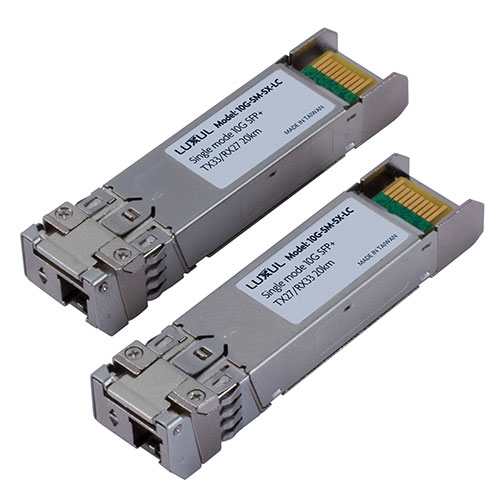Posted on 10/10/2018 by Luxul Team
By Lindsay Bull, technical writer
Maybe you’ve heard the word “protocol” thrown around in discussions about networking, and maybe you know exactly what’s being talked about. But if you’re anything like me when I was first learning about networking, you hear the word, nod like you know what’s going on, then rack your brain trying to piece everything together 45 minutes later.
IP, of course, stands for ‘Internet Protocol,’ but what does that mean?
As installers, your world is filled with protocols that define how data is sent over the internet or other similar network. Here are a couple you might be familiar with:
Wired communication . . . . . . . . . . . . . . . . . . . . . . . . . . . . . . . . . . . . . . . . . . . . . . Ethernet 802.3
Wireless communication . . . . . . . . . . . . . . . . . . . . . . . . . . . . . . . . . . . . . . . . . . . . Ethernet 802.11
All each does is simply define a set of rules that determine how devices communicate when either wired or wireless. In fact, that’s all any protocol does.
Why exactly do we need protocols, you ask?
Well imagine this scenario: a teacher in a classroom hasn’t set any rules for the children in her class. When she poses a question, all of them shout out different answers in unison—none of which she can hear completely. This system obviously won’t work, so she sets up a rule (or protocol) that mandates all children must raise their hands and be called on by her before they’re allowed to voice their answers.
The same is true when dealing with network equipment.
802.3 and 802.11 both mandate how devices can communicate on a network so the network doesn’t get bogged down with unbridled traffic.
Now those aren’t the only protocols that exist in the realm of networking. You have protocols for applications to talk to each other, for transmitting video across the internet, for streaming music to your mobile device, and even controlling your model airplane remotely.
Alright, you can see why we need protocols, but now you’re wondering why it’s relevant information for you to know…
In order to troubleshoot even the most basic network, it’s important to know what protocols are in place and how they apply to each piece of network equipment. When you understand the protocols individually and how they work together collectively, you understand how the network operates and can more easily identify problems and possible solutions.
Soon, we’ll be explaining a very important protocol—DHCP. When we do, you’ll be glad you know what a protocol is. In the meantime, here’s a table of common protocol governing bodies and the protocols they govern:
| PROTOCOL GOVERNING BODY | PROTOCOLS GOVERNED |
| Internet Engineering Task Force (IETF) | TCP, IPv4, IPv6, HTTP |
| Institute of Electrical and Electronics Engineers (IEEE) | 802.11, 802.3, 802.15.4 (Zigbee) |
| International Standards Organization (ISO) | X.500, X.25 |

 All News
All News
